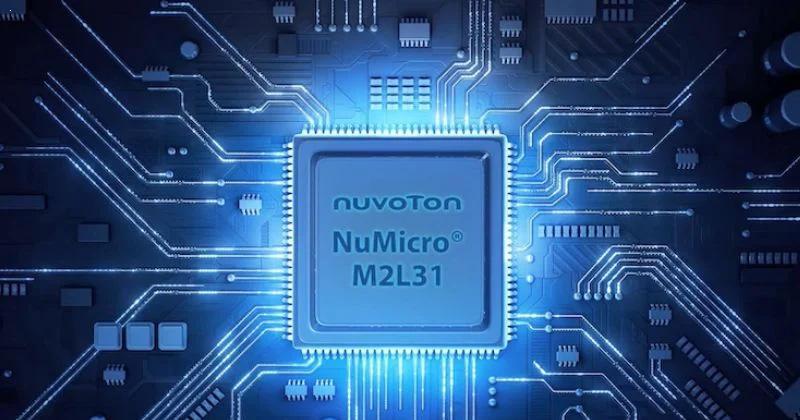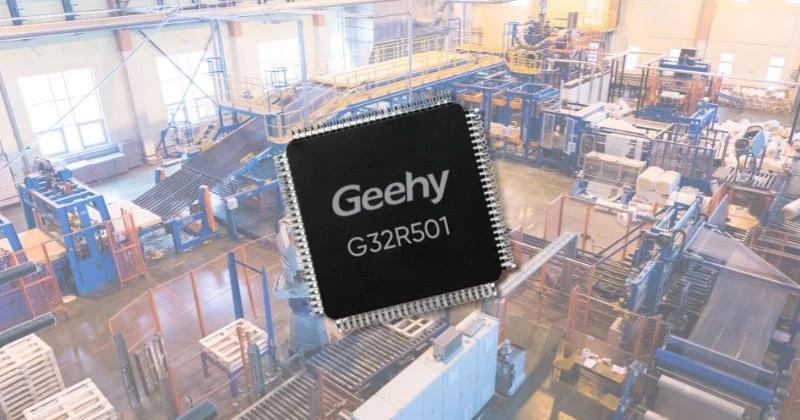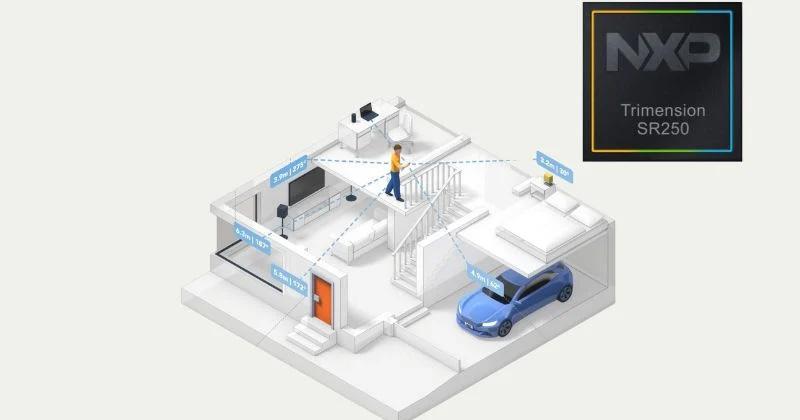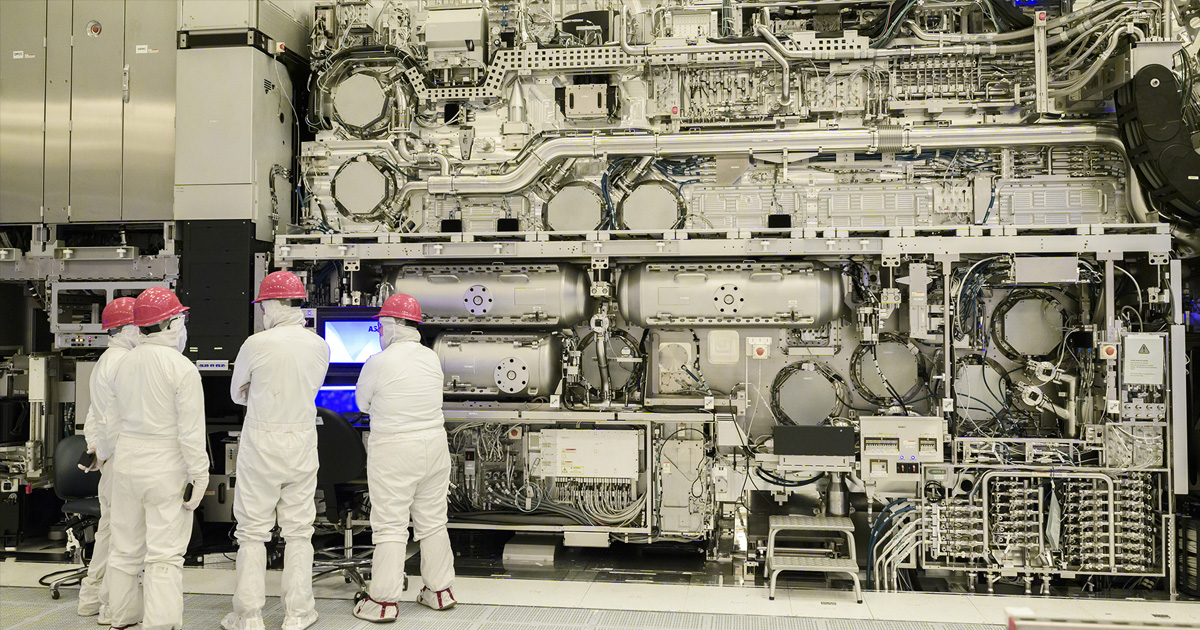
Three Energy-Harvesting Solutions Show Off IoT Power Possibilities
Several companies took the spotlight at CES 2024 to demo the newest wave of energy-harvesting technology.
Ambient energy is all around us. It comes in small, variable amounts in the form of light, heat, motion, and electromagnetic sources. For an energy-harvesting system to be successful, it must capture energy, store intermittent power, and regulate the released voltage and current.
In this roundup, we look at three companies introducing energy-harvesting technology at CES 2024. Our first product addresses both the capture and storage of ambient light.
Dracula Technologies released Layer Vault at the CES 2024. Aimed at low-power Internet of Things (IoT) devices, Layer Vault combines low-light organic photovoltaic (OPV) energy harvesting and electrical storage on a single flexible film to address both capture and storage.
Layer Vault is manufactured with OPV inkjet technology. Made without rare earth metals or toxic materials, Layer Vault is purpose-built for ultra-low-power electronics, specifically capable of working in sub-500 lux environments. Dracula designed it for devices that need broad deployment with minimal maintenance, such as environmental sensors.
The company reports that Semtech’s LoRa (low-power, wide-area) communication protocol sensors use Layer Vault. When used in LoRa, Layer Vault eliminates the need for external or replaceable power sources, making IoT devices easier to install and maintain. Sensors can be quickly and easily placed without wiring up power or needing to return to the site to replace or recharge the power source.
E-peas Introduces Energy-Harvesting PMICs
E-peas is looking to permanently solve the dead battery problem in remote controls and other small devices. Almost everyone, at some point in their lives, has panic searched for spare batteries for the TV remote control or computer keyboard or mouse. This is exactly the scenario that E-peas is looking to eliminate with its new line of energy-harvesting power management ICs (PMICs). The AEM00920 and AEM10920 ambient energy manager chips are optimized for remote controls and wireless keyboards.
Block diagram of the AEM00920. Image used courtesy of E-peas
PMICs regulate, store, and distribute intermittent power with widely different voltages and current capabilities. E-peas designed its two new PMICs to work with photovoltaic (PV) cells and off-the-shelf storage devices such as supercapacitors and rechargeable batteries. The company promises up to 95% energy conversion efficiency between the harvesting component and storage system.
The devices are optimized for voltages between .25 V and 3.2 V. The chips have boost circuitry built-in for up to 5-V output. Both chips feature GPIO for output voltage setting, and the chips can ultra-cold start for low-light situations.
E-peas says that Ambient Photonics has used its new PMICs in its ambient and low-light photocell system. Ambient Photonics offers the “world’s most powerful low-light photovoltaic cell” for integration into remote controls.
SMK Puts Its Self-Contained Power Supply to Work
SMK Electronics introduced two products using its Self-Contained Power Supply (SCPS) energy-harvesting technology: a geolocation tracker and a replacement for CR2032 coin cells.
The SCPS LoRaWAN Tracker provides precise locations using a global navigation satellite system (GNSS) and Wi-Fi. The tracker has additional sensors to keep track of local environmental conditions such as motion, sound, light level, and air quality. With self-contained power and various environmental sensors, the SCPS LoRaWAN Tracker may be useful in transportation, manufacturing, logistics, and smart agriculture applications.
SMK LoRaWAN Tracker powered by SCPS. Image used courtesy of SMK Electronics
SMK’s SCPS Coin Battery replaces CR2032 coin cells in micropower devices. It harvests ambient, indoor, or outdoor light and stores it in an ultra-small internal rechargeable battery to power key fobs, remote controls, and other low-power CR2032-powered electronics. The device is a complete energy-harvesting system designed from the ground up to replace the CR2032 coin cell, so existing devices should need minimal or no redesign to use the power source.
The CR2032 replacement also features Bluetooth LE connectivity to allow communications back to a separate device. This enables the small device to communicate status and other sensor-based information back to a host device.
Energy Harvesting and the Era of Self-Contained Devices
The ultimate objective of energy harvesting is to make devices self-contained without the need to ever recharge or replace a power source. The viability of widespread energy harvesting, however, hinges on devices significantly reducing power requirements.
Energy harvesting is not new. Mechanical wristwatches implemented motion-based harvesting back in the 1970s, and digital calculators came with solar cells in the 1980s. However, those were very specific and limited applications. Energy harvesting is finally becoming an option for many types of devices as manufacturers introduce new semiconductors with micropower current drains and new techniques for reducing power needs. The coming era of powerful micropower electronics and the new generation of energy-harvesting systems, as covered above, may usher in a wave of devices that don't require traditional power sources.




